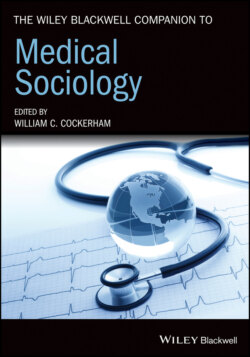Читать книгу The Wiley Blackwell Companion to Medical Sociology - Группа авторов - Страница 36
Life Course Theory
ОглавлениеLife course theory in medical sociology is intended to explain how social experiences and conditions of adversity and inequality in childhood and adolescence affect health later in life. The theory advances the proposition that people go through a sequence of age-based stages and social roles within particular families and social structures over the course of their lives. It maintains that socioeconomic disadvantages originating in childhood accumulate over the life course to disadvantage health in old age, while socioeconomic advantages over a person’s lifetime likewise accumulate but do so to promote relatively good health when elderly. It considers both the early origins of chronic diseases whose symptoms are not obvious until later in life and the social processes and behaviors that promote susceptibility to these diseases until older ages or avoidance of such afflictions.
A subcategory of life course theory that is commonly utilized in medical sociology is the concept of cumulative advantage/disadvantage (Ferraro et al. 2016; Willson and Shuey 2019). It posits that the initial advantages or disadvantages that people have in life, including health, are typically associated with structural variables – especially SES, but others such as gender and race. The effects of these variables accumulate over time in either positive or negative ways to benefit or erode health. Another subcategory is cumulative inequality theory which likewise maintains that early disadvantage increases the later potential for risks to health, but it also acknowledges the potential use of resources at mid-life to mitigate or eliminate the effects of early life disadvantages before the onset of old age (Williams et al. 2019). Cumulative inequality theory begins with an initial position that negative life events and experiences place people at increased risk, positive experiences create opportunities for them, and both can alter life chances for individuals and groups for better or worse.
